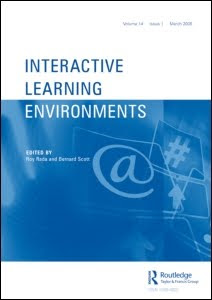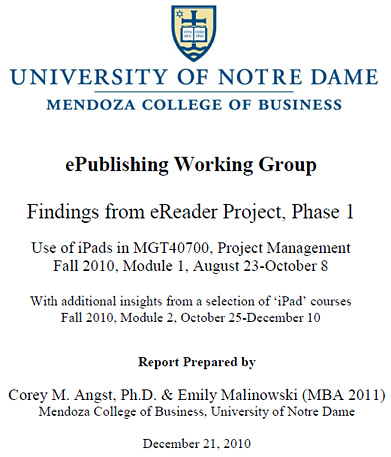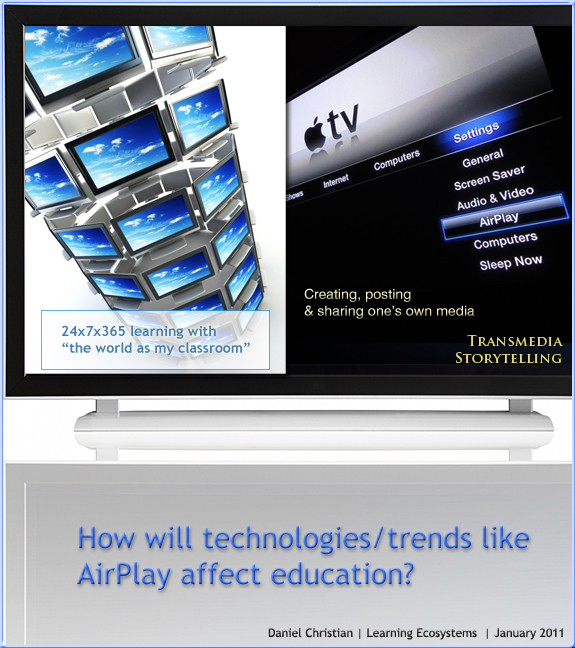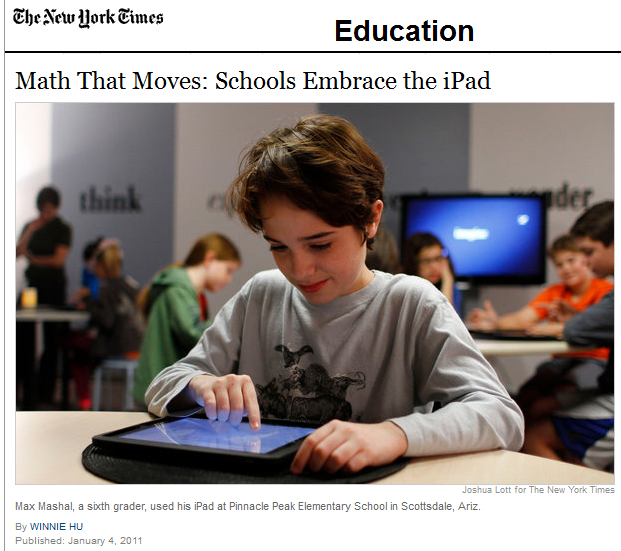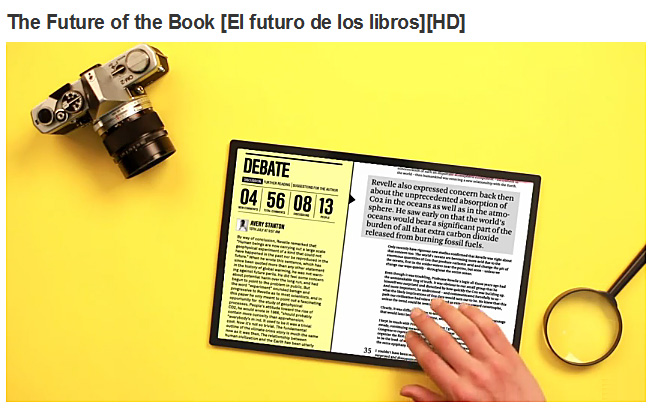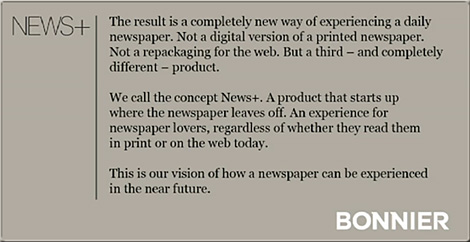Semantic technologies and learning — from Steve Wheeler
Excerpt:
The January special issue of Interactive Learning Environments is out right now. Our guest editors have done a great job drawing together 5 excellent papers under the banner of ‘Semantic Technologies for Multimedia Enhanced Learning Environments’ and for Learning with ‘e’s readers, here is the editorial in full, with excellent summaries of all the papers by our special issue editors Marco Bertini, Vladan Devedzic, Dragan Gasevic and Carlo Torniai…
…
This special issue solicited papers focused on the use of semantic technologies in multimedia-enhanced learning environments. In this call, we were especially interested in publishing research reports and lessons learned in the following research tasks:
- Ontologies and semantic annotations for multimedia learning objects.
- Collaborative tagging and folksonomies for multimedia learning objects.
- Semantic social networking in multimedia-based learning environments.
- Semantic technologies for enabling pedagogical theories in multimedia-enhanced learning environments.
- Semantic-enhanced learning designs in multimedia-enhanced learning.
- Semantic technologies for personalization and adaptation of multimedia-enhanced learning.
- Semantic-rich service-oriented architectures for multimedia learning environments.
- Semantic multimedia content for (collaborative) mobile learning.









